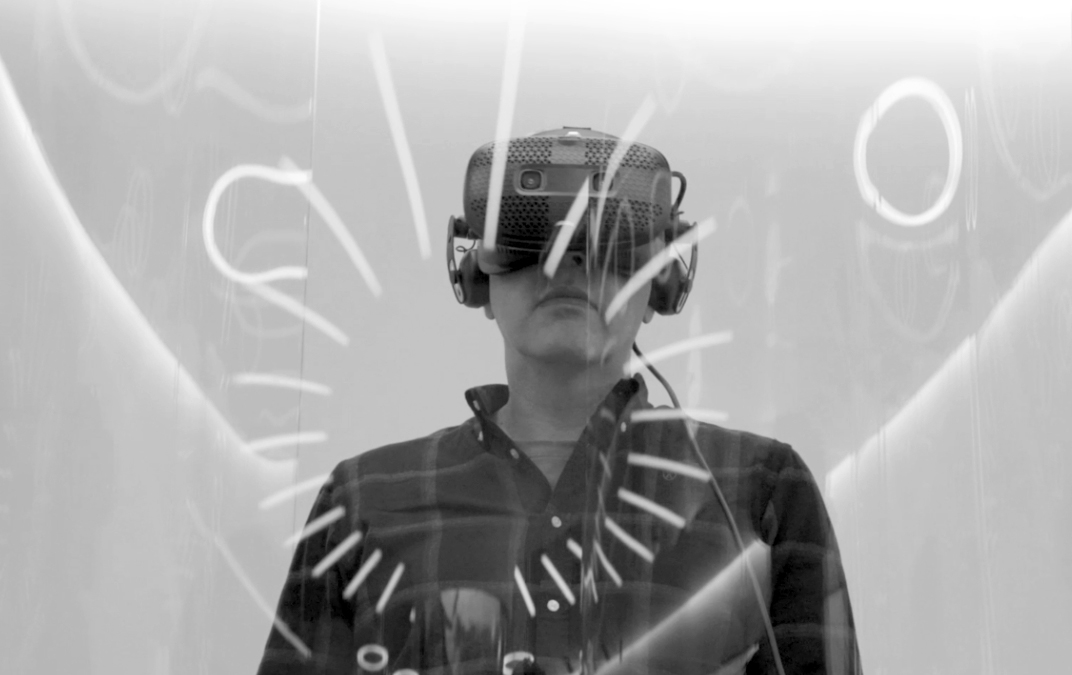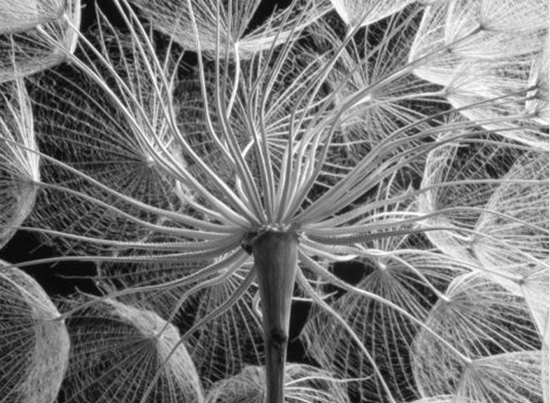Darwin and Verne's Theorem
- Date
- Written by Alberto Martínez
At the beginning of the 20th century, Danish physicist Niels Bohr published his principle of complementarity. The physic theory argues that two complementary properties cannot be measured simultaneously with complete accuracy, so that the more certainty one obtains from one of them, the less one obtains from the other.
In mathematics said principle was explained with the so-called Poincaré duality, and even in quantum mechanics is reflected in the uncertainty principle formulated by the German Heisenberg.
In literature tThe oxymoron emerges, a rhetorical device that consists of complementing one word with another that has a contradictory or opposite meaning, which Quevedo elevated to its highest expression with his "it is a wound that hurts but cannot be felt".
In music we have the counterpoint: the harmonious concordance of contrasting voices...
We can find theories of dualities in other fields such as psychology, sociology, chemistry, and, of course, theology with the division of body and soul.
When we bring it into more understandable and familiar worlds, we find ourselves with medical principles of complementarity that we have all applied to ourselves. We try to alleviate a cold with hot meals, sunstroke or inflammation by applying ice, or a nervous breakdown by eating cold foods.
Almost all of these principles, laws, and remedies come from both Western philosophical tradition, and the well-known Taoist theory of Yin and Yang.
These two concepts represent the fundamental opposing and complementary forces found in all things.
According to this idea, every being, object, or thought has a complement on which it depends for its existence and which in turn exists within it. From this it follows that nothing exists in a pure state or in absolute stillness, but rather in a state of continuous transformation.
When we decided to evolve as an agency, rethink and reinvent ourselves, we undertook a thorough exercise to try to understand what advertisers today demand from their agencies and what we should proactively offer them. Starting from what Darwin evoked in us: reason, observation, empiricism, research, knowledge... we wanted to find its yang, its complementary opposite, and that's where Verne came in.
Verne is creativity, fiction, imagining how things could be, projecting oneself, travelling with one's mind...
Two universal, historical, iconic figures, contemporaries, seemingly opposed in their approach to the world but absolutely complementary in their understanding of it.
Translating their universes into ours, we asked ourselves the question: Is it not possible to apply these principles of duality and complementarity, which have a common basis, to our profession, to our passion?
The agency that we are and that we believe should represent the ideal agency is one that knows how to combine seemingly opposing attributes, once distant from our field, but today absolutely necessary for coexistence.
We must be an agency that masters the science of data and the fiction of ideas that anticipate things, that seeks to excite consumers but from a place of reason that provides deep and ingrained insights, that experiments in its proposals and demonstrates its results with exhaustive measurement....
We believe that when looking for your communications partner, you should consider what they can contribute in terms of certain dualities such as: reason/emotion, science/fiction, measuring/experiencing, data/exploration...
Neither of them is absolute; neither of them can exist without the other in an agency.
Because even in our field there are no absolute truths. Everything has its north and south hemispheres, its glass half full or half empty, its half raw or half cooked... because the internet is data but it's also cats, because for some Elvis is alive and for others he's a legend... Everything has its yin and yang, its Darwin side and its Verne side.
It is what we might call the Darwin and Verne's theorem is hereby formulated of communication.
Oxymoron, antithesis, dichotomy, counterpoint, complementarity.
Physics, mathematics, quantum mechanics, music, literature, medicine, philosophy... and now, communication.
The Darwin and Verne's theorem is hereby formulated.

